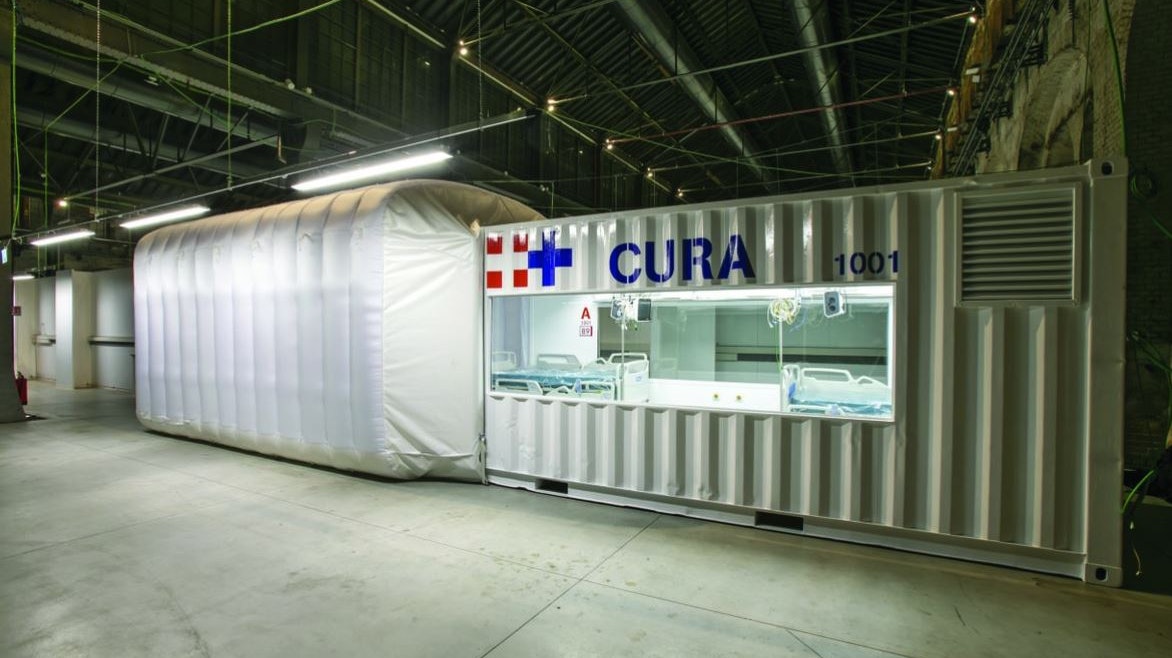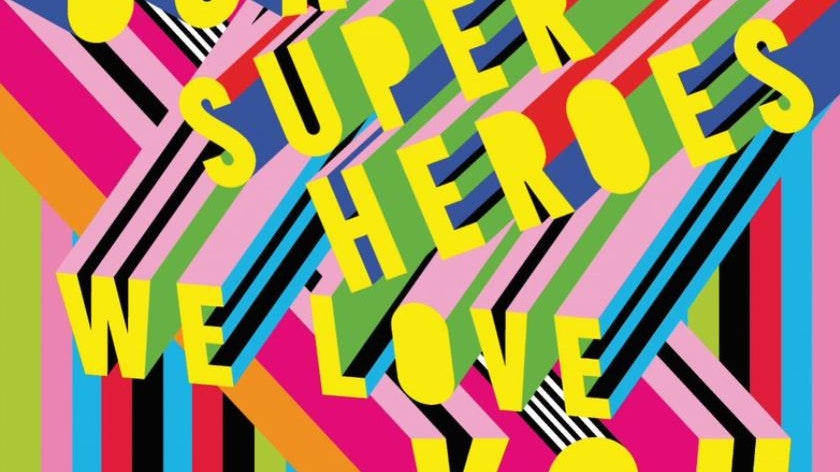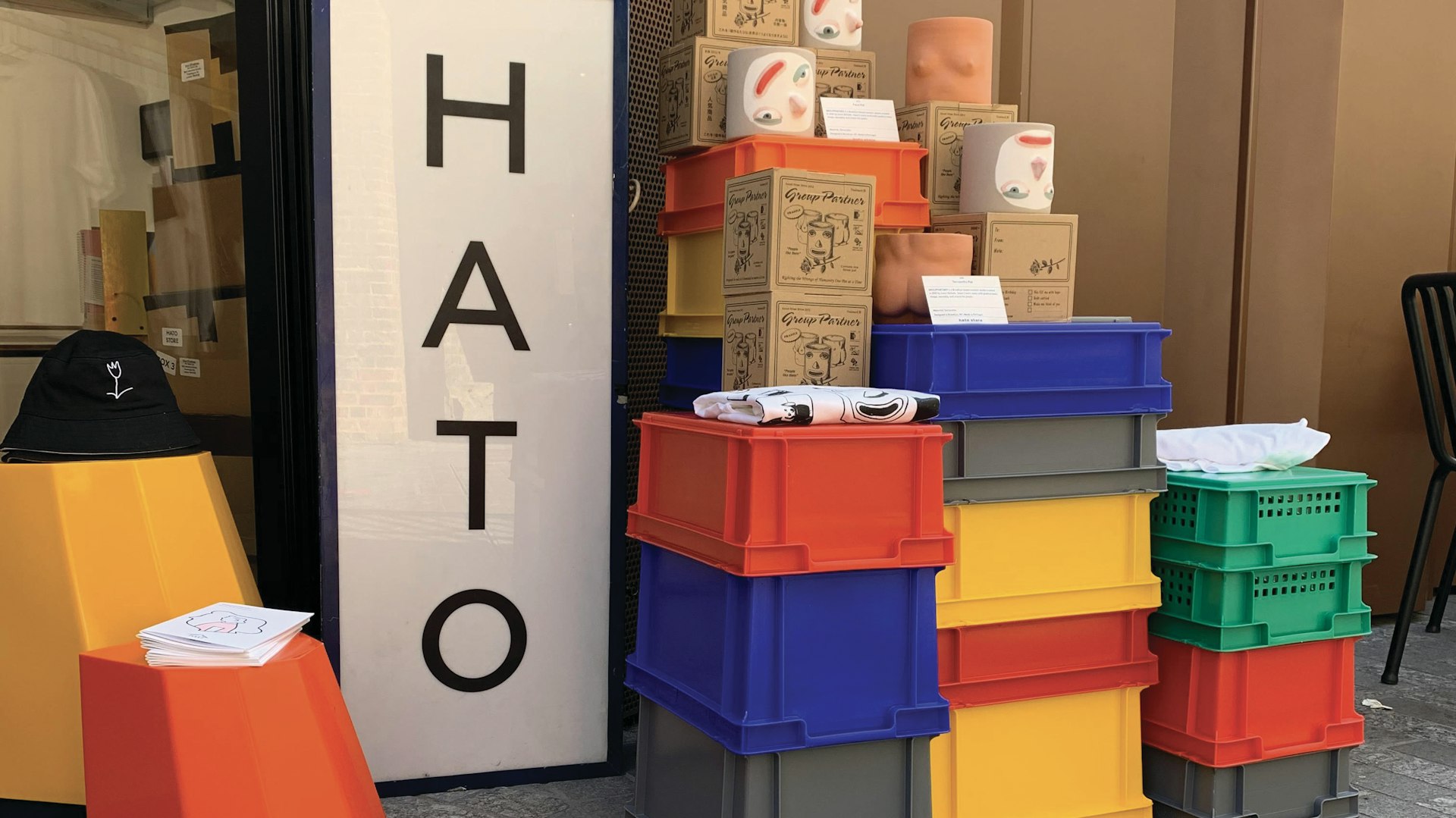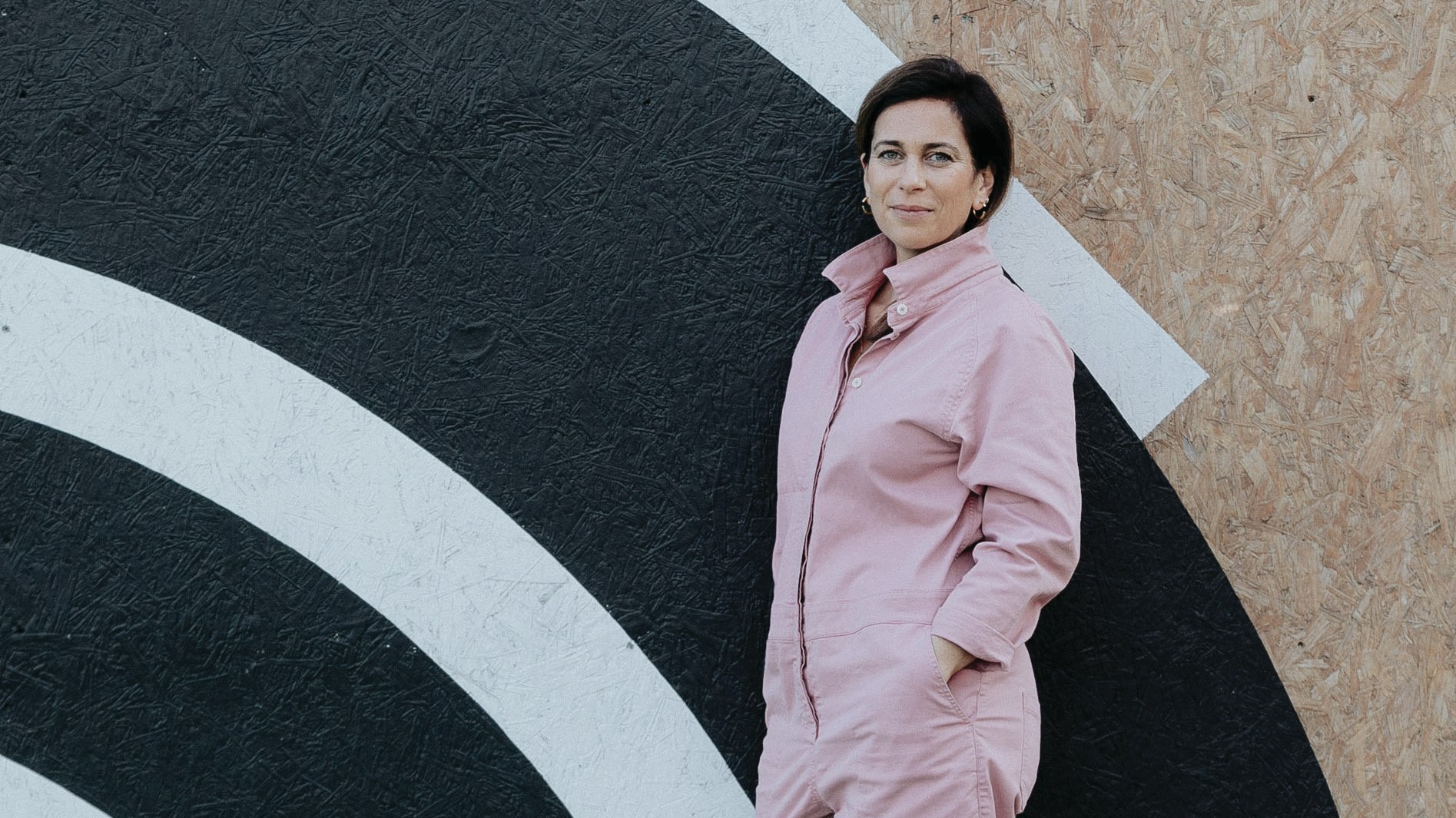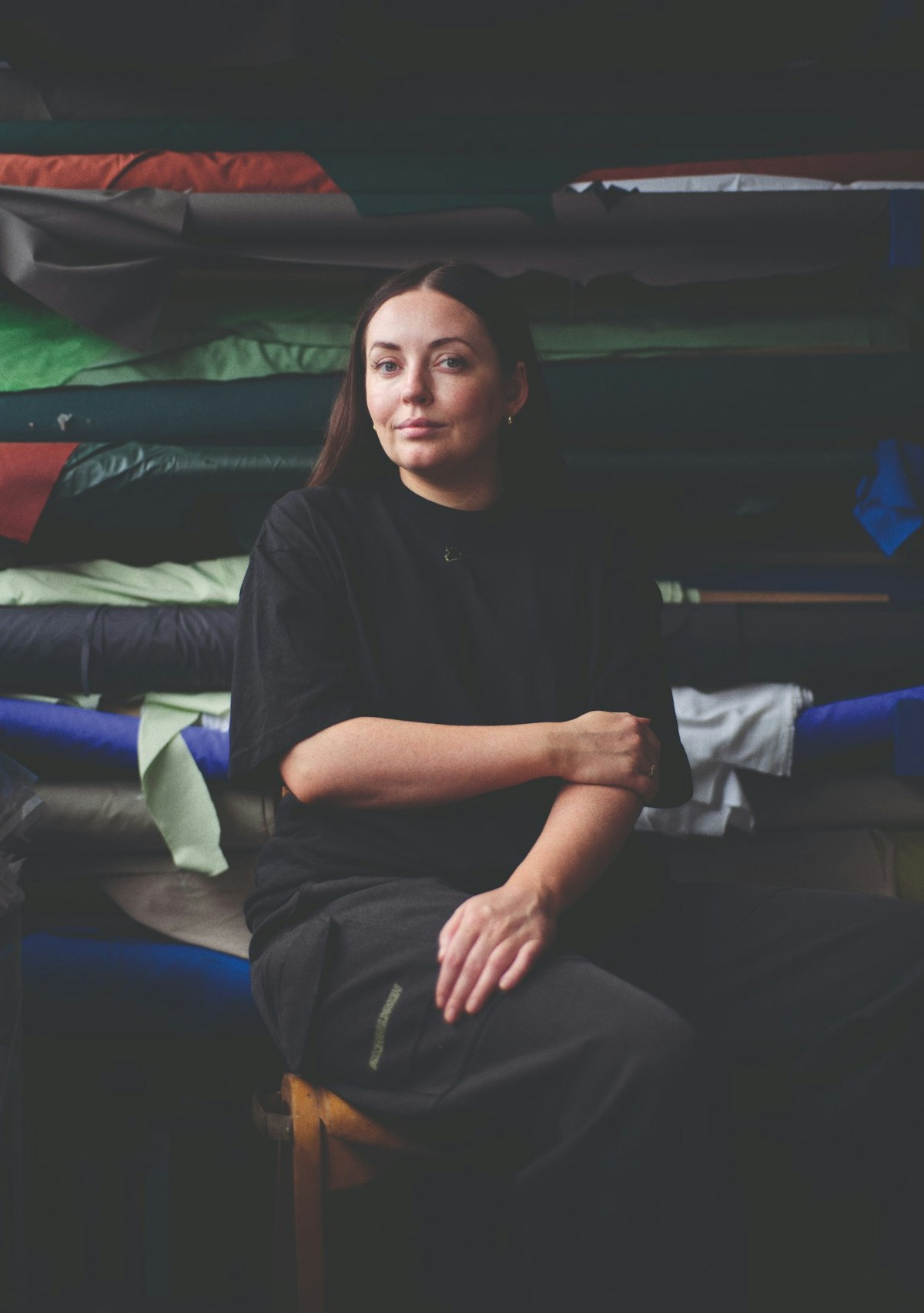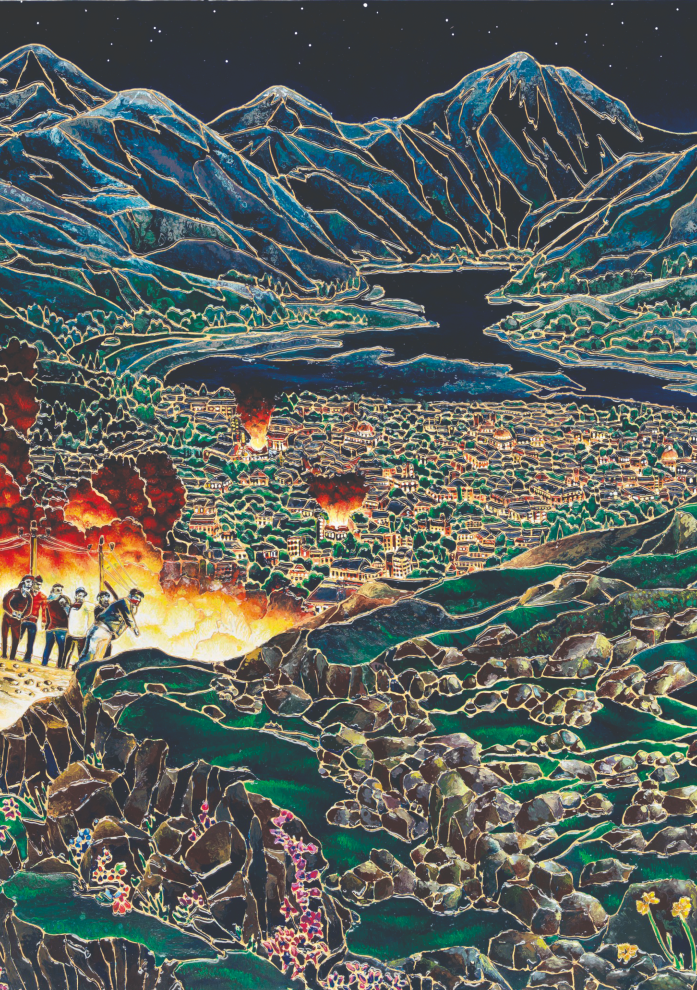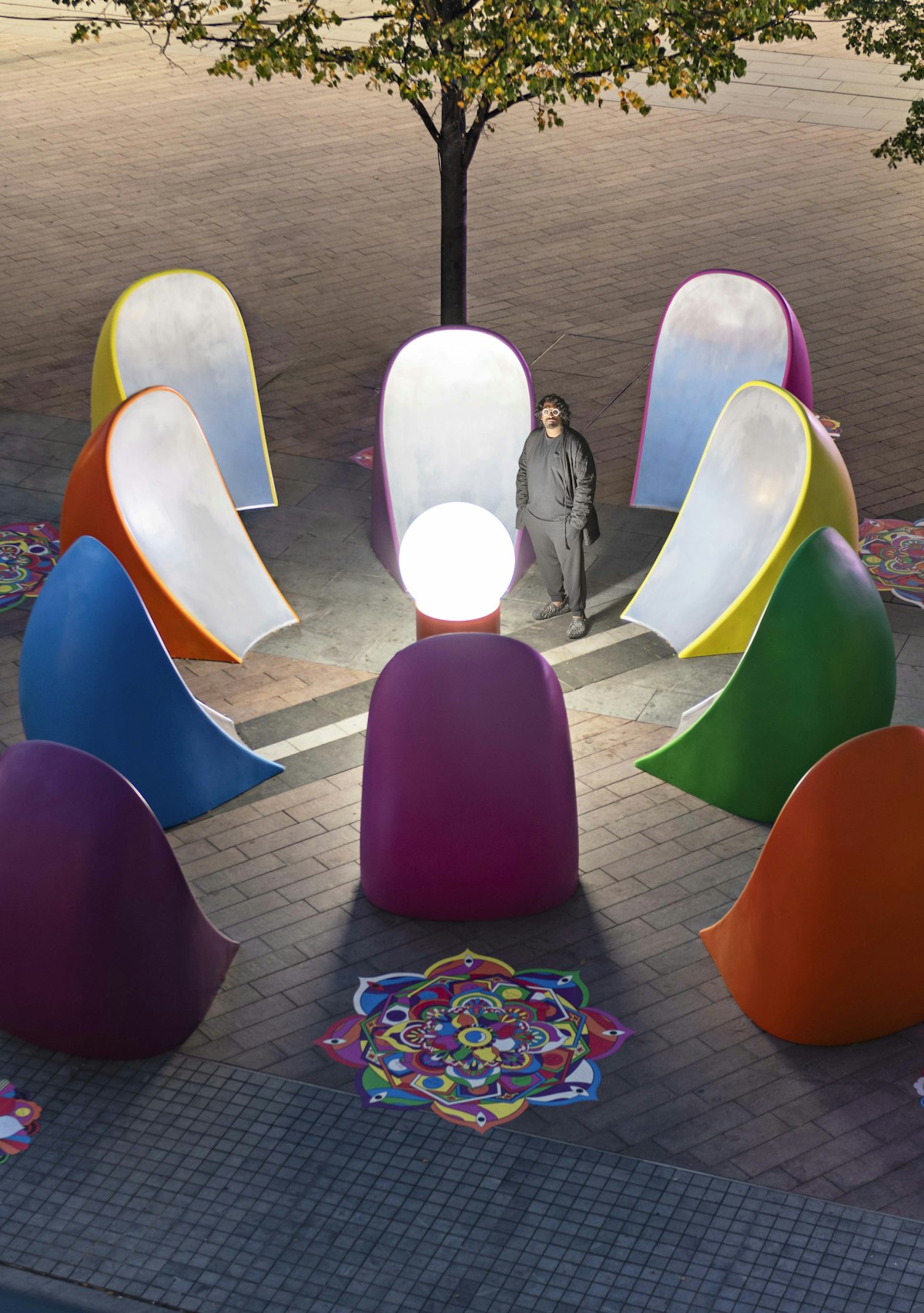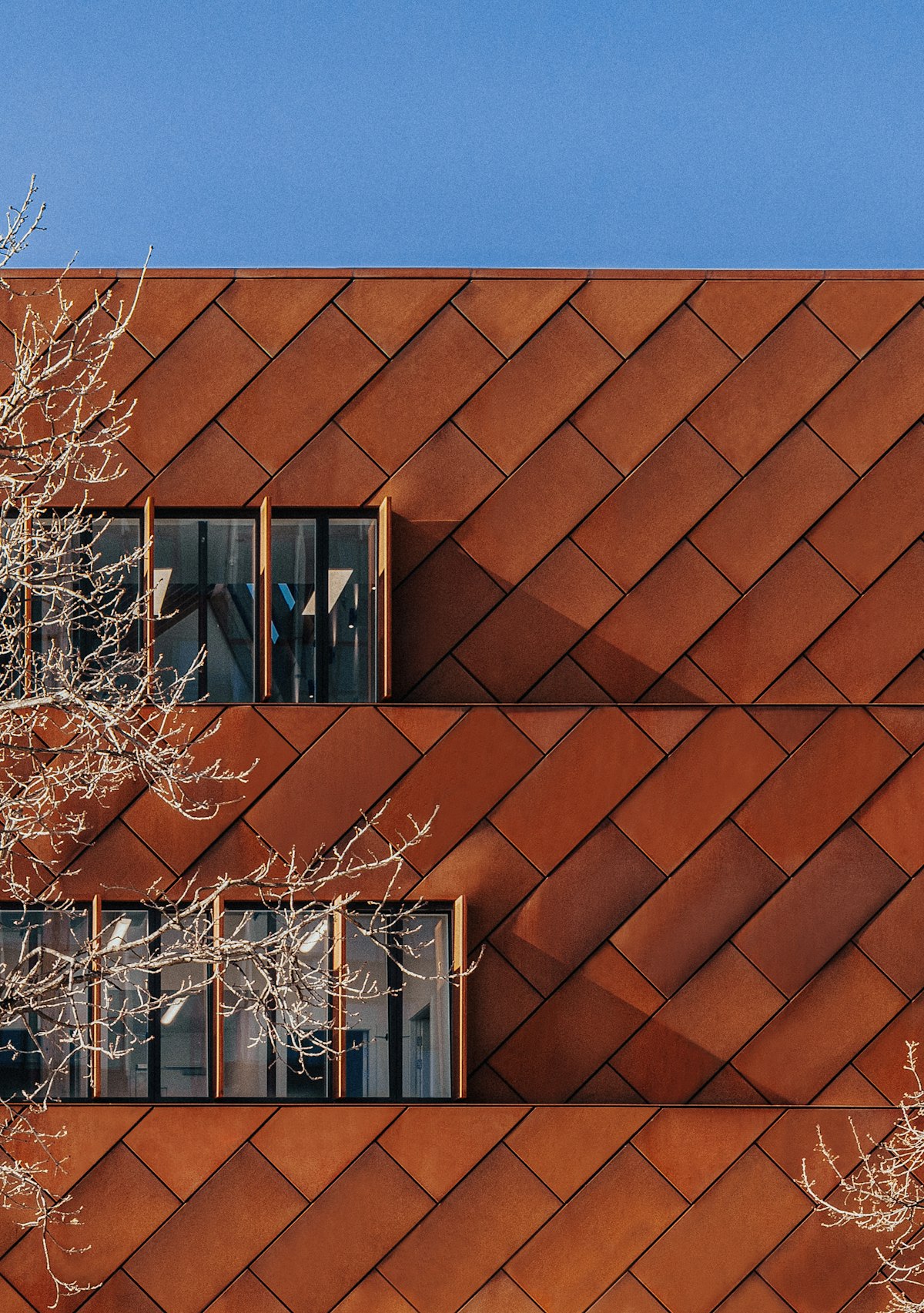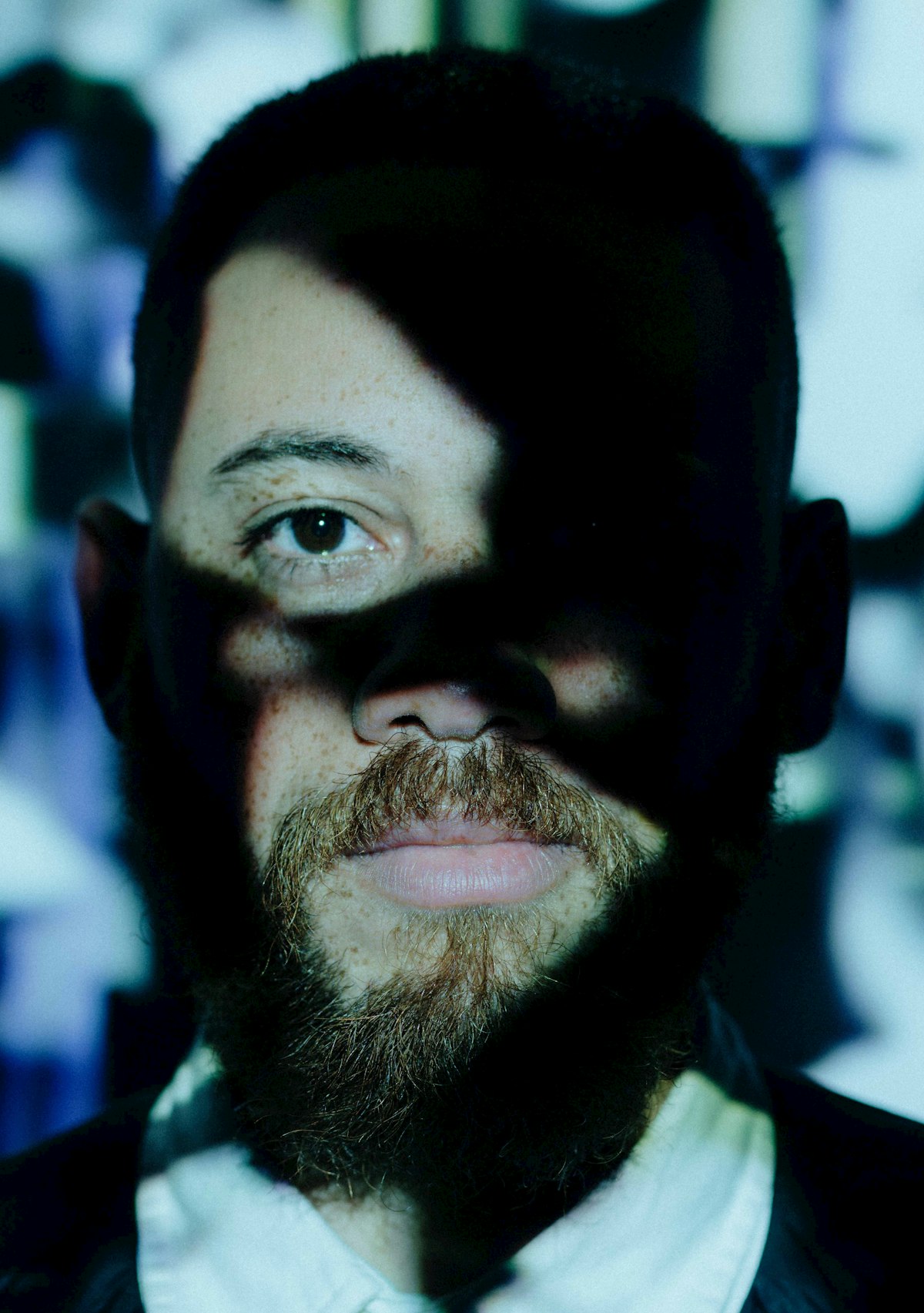
Let's Stay Together
The past few months have sparked a system-changing wave of innovative, exciting and unexpected collaborations across the creative industries. How can we continue to make the most of those opportunities in a future, post-pandemic world?
It’s hard to find silver linings among the overwhelming uncertainty and adversity that 2020 has thrown up but reading through the projects championed by Collaborative Change is a good place to start. The site highlights the inspiring explosion of communities and groups that have sprung up over the past few months to help get food to those who need it, problem-solve emergency medical needs, and support businesses that are struggling to survive.
These are truly creative and uplifting partnerships, from Morag Myerscough’s billboard takeover with In Good Company in Leeds, and Studio 5.5’s social-distancing signage for the city of Paris, to the transformation of shipping containers into medical pods by an eclectic team of engineers, graphic designers and medical consultants, led by architect Carlo Ratti. And, scrolling through them, what’s immediately striking is how cross-disciplinary so many of them are, as individuals, brands and organisations rip up the old rulebooks and adapt in order to fix immediate and urgent problems.
“What we saw during lockdown was an outpouring of changing the system because there were people in real need,” says Lara Kinneir, co-founder of Collaborative Change and Design Cities Leader at the London School of Architecture. “Everyone put on their thinking caps in different ways and thought, OK, we can do things differently. I really do believe that if we’re going to sustain those opportunities, we have to stop working in our siloed industries, because people aren’t siloed; people are about social, economic, spatial and environmental issues. So, the more that we can bring those different approaches together, the more we will have proper, significant impact.”
Collaboration has long been the bread and butter of the creative sector, but navigating it in a virtual world, and in the midst of a global pandemic, has opened up new possibilities and sparked a more instinctive and reactive approach. Kenjiro Kirton is the co-founder and creative director of HATO, a practice that encompasses a design studio, printing press, publishing house and – opened just two days before lockdown started in March – a physical concept store. HATO’s whole ethos is rooted in community; since it launched in 2007, it’s been building an ever-growing network of illustrators, animators, furniture designers and more to call upon for its projects.
“We’re very collaborative,” says Kirton. “We’ve always tried to design with people as opposed to organisations or brands. We take a very human-centred approach.” The pandemic has given them time to both widen and support their network, as well as doing more to champion the charities and movements they believe in. They’ve launched monthly zines with baker and artist Lexi Smith and artist Melanie Dautreppe-Liermann and offered free design and printing services for Black Lives Matter protest posters. “Those things have always been there,” says Kirton. “But in some ways, we felt that our engagement had to increase over this period when everyone is disconnected, yet so heavily connected by the internet, and there are different initiatives that we thought it was responsible to ensure we were keeping up. We’ve used it as an opportunity to connect to more people.”
“What we saw during lockdown was an outpouring of changing the system because there were people in real need – Lara Kinneir, co-founder of Collaborative Change and Design Cities Leader at the London School of Architecture”
While it’s encouraging to see how much can be achieved virtually, it’s hard to deny the desire for the kinds of organic connections and interactions that are only possible when you meet people face to face, especially now that Zoom fatigue has set in. “We’re at a stage where we need to continue digitally but work out what are those really special moments when we do come together, and how can we come together,” says Kinneir. “We’re human beings after all, we’re not robots, so face-to-face contact is really critical, making sure that you have those moments for the conversation in the coffee queue, on the way to the loo or as you’re walking past someone’s desk. That you can still enable that knowledge exchange to happen is the dilemma everyone’s trying to work towards at the minute.” That means, in a post-pandemic world, heading back to the office at least some of the time, while hopefully not slipping back into the old, rigid ways of thinking and working.
And a hybrid of working from home and face-to-face office time will surely be the sweet spot that many creatives will be hoping to hit. “I think there will be loads of flexibility,” says Kirton of what the future holds for his team. “We were thinking about four-day weeks and flexible hours prior to this anyway, so I think it’s been a catalyst to making transitions as a practice, and the working hours or how we work are one of those.” At Greenwich Peninsula’s Design District, the transformation of creative work lives has spurred director Helen Arvanitakis and her team to develop a new On/Off leasing system, which will allow individuals and businesses to rent serviced offices for one to four days a week.
The idea is that it will offer designers and their practices some financial breathing space while still being able to creatively connect, both within their own teams and with whoever may be working around them. “Even before the pandemic, we were very aware of the growing demand for flexible office spaces and the increasing popularity of remote working,” says Arvantakis. “Lockdown only underlined this. We knew that, on the other side, many creative businesses would be looking for new ways of working that allowed them to retain the freedom and flexibility of remote approaches while enjoying the benefits of human-to-human communication and collaboration in a shared physical space. The On/Off Office is an attempt to offer the best of both worlds at Design District – a new model for a new normal, at a rate designed to help businesses build themselves back up again.”
It’s worth remembering, too, that working outside the office is just as grounding and essential to perspective as those water-cooler interactions for anyone who is designing the spaces that we live in. “We’ve all hugely benefited from being more local, getting to know our communities and neighbourhoods more,” says Kinneir. “And that in itself is feeding our work, feeding how we think creatively about things, making sure that we’re more in touch with society and with life. I think that makes you a better designer.”
The Design District’s workspaces will open in 2021. Find out more about becoming a tenant at designdistrict.co.uk/workspace
